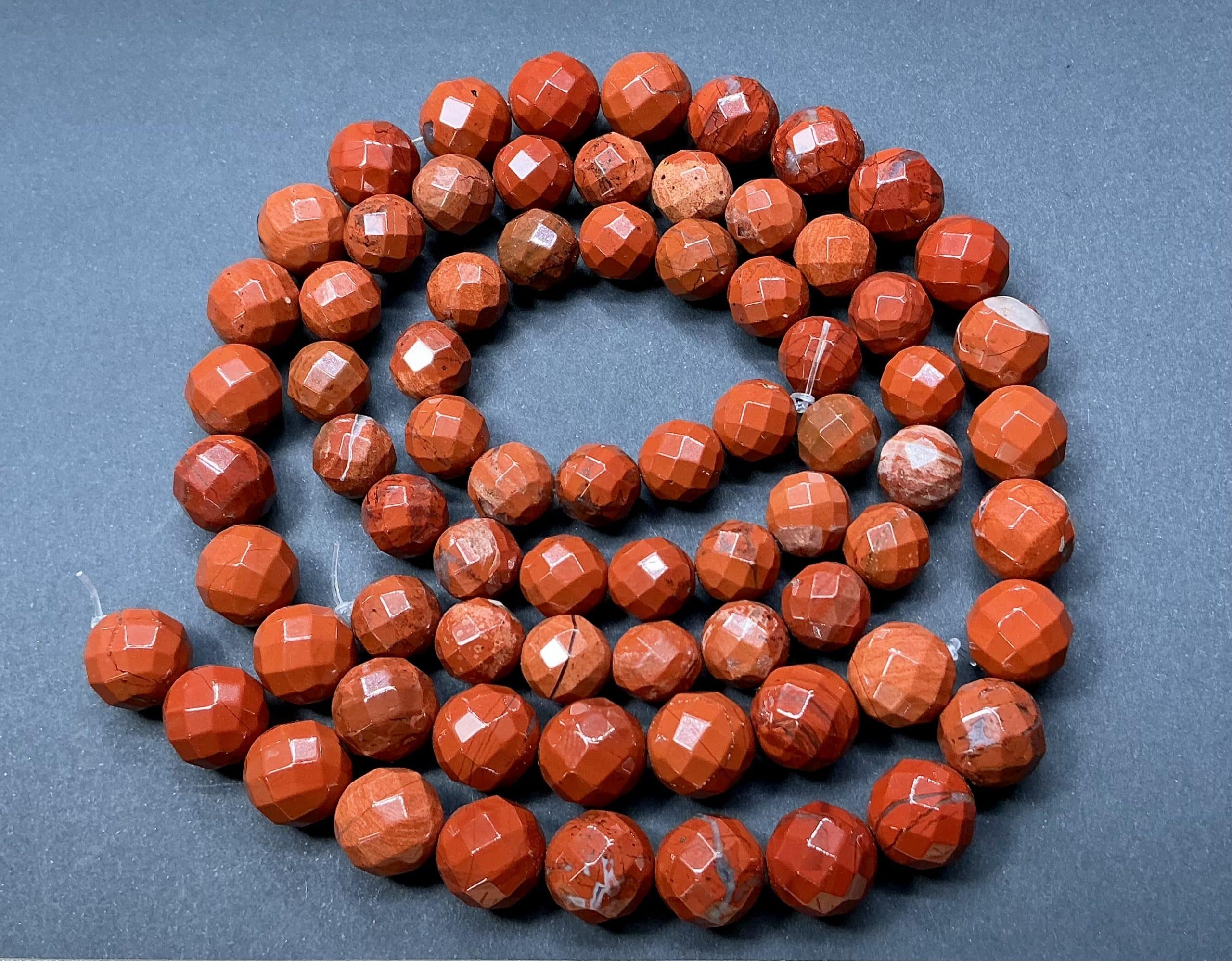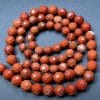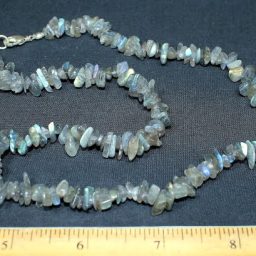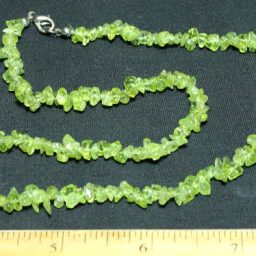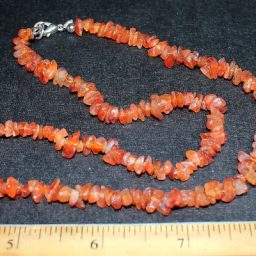Description
Jasper, an aggregate of microgranular quartz and/or cryptocrystalline chalcedony and other mineral phases, is an opaque, impure variety of silica, usually red, yellow, brown or green in color; and rarely blue. The common red color is due to iron(III) inclusions. Jasper breaks with a smooth surface and is used for ornamentation or as a gemstone. It can be highly polished and is used for items such as vases, seals, and snuff boxes. The specific gravity of jasper is typically 2.5 to 2.9 g/cm³. Jaspillite is a banded-iron-formation rock that often has distinctive bands of jasper.
The name means “spotted or speckled stone,” and is derived via Old French jaspre (variant of Anglo-Norman jaspe) and Latin iaspidem (nom. iaspis) from Greek ἴασπις iaspis (feminine noun), from an Afroasiatic language (cf. Hebrew ישפה yashpeh, Akkadian yashupu). This Semitic etymology is believed to be unrelated to that of the English given name Jasper, which is of Persian origin, though the Persian word for the mineral jasper is also yashp (یَشم).
Green jasper was used to make bow drills in Mehrgarh between 4th and 5th millennium BC. Jasper is known to have been a favorite gem in the ancient world; its name can be traced back in Arabic, Persian, Hebrew, Assyrian, Greek and Latin. On Minoan Crete, jasper was carved to produce seals circa 1800 BC, as evidenced by archaeological recoveries at the palace of Knossos.
Although the term jasper is now restricted to opaque quartz, the ancient iaspis was a stone of considerable translucency including nephrite. The jasper of antiquity was in many cases distinctly green, for it is often compared to emerald and other green objects. Jasper is referred to in the Nibelungenlied as being clear and green. The jasper of the ancients probably included stones which would now be classed as chalcedony, and the emerald-like jasper may have been akin to the modern chrysoprase. The Hebrew word may have designated a green jasper. Flinders Petrie suggested that the odem – the first stone on the High Priest’s breastplate – was a red jasper, whilst tarshish, the tenth stone, may have been a yellow jasper.
Trolleite is a blue mineral named after Hans Gabriel Trolle-Wachtmeister, a Swedish chemist. It is a rare phosphate mineral that is often found with Quartz, and sometimes combined with Lazurite and Scorzalite, which results in an even bluer crystal. New discoveries of Trolleite are coming out of Brazil recently, in gorgeous shades of blue, grey and black.
